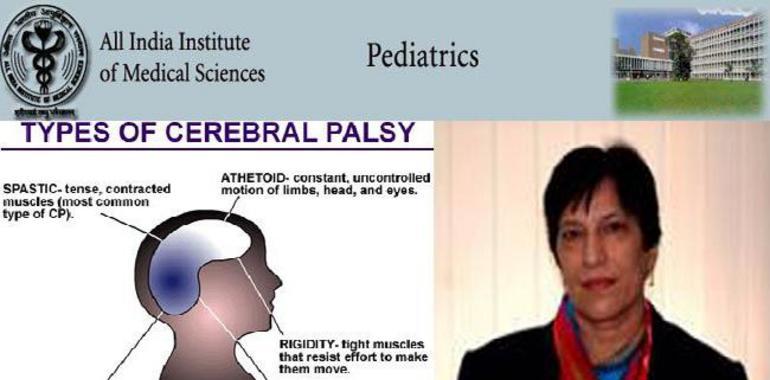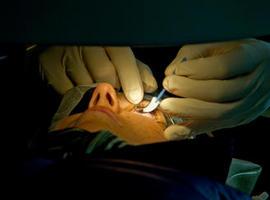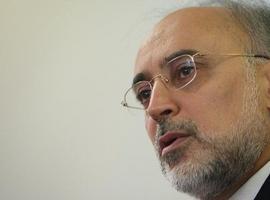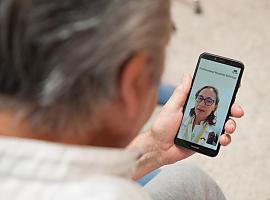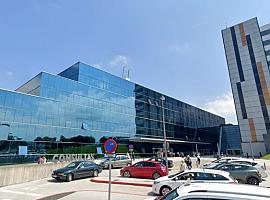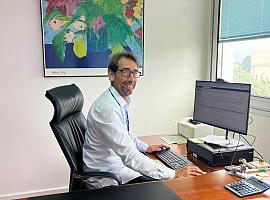New Delhi, Sept 2, IRNA -- Cerebral Palsy (CP), a condition that causes physical disability in human development, has disabled more than 25,000 children in India and is rapidly spreading in rural parts of the country, doctors Sunday said in NCR, National Capital Region.
Addressing a seminar in Noida at BR Ambedkar Hospital, doctors called for timely medical action and better awareness on the issue.
'More than 90 percent of cerebral palsy patients with physical disability can lead a normal life with early diagnosis and proper medical treatment,' Veena Kalra, Specialist Paediatric, Neurology and former professor and Head of Pediatrics Department at all India Institute of Medical Sciences (AIIMS) said.
Kalra said school administrators should include children affected with Cerebral Palsy in mainstream education which will also change the perception of their able-bodied peers.
'Contrary to popular belief, most children with CP have average or above average intelligence. School administrators should include disabled children in mainstream education,' she said.
Cerebral Palsy (CP) is caused due to damage occurred to the developing brain either when baby is still in the mother's womb or near the time of birth.
Three out of every 1,000 children in our country are affected by cerebral palsy, doctors claimed.
If CP is not detected at an early stage and not treated properly, there is a much greater chance of losing independent mobility in adult life, they said.
Cerebral palsy is a movement disorder caused by damage to the brain before, during or soon after birth. The ability for people with CP to communicate effectively is often impaired by problems with speech and also gestures usually used in communication.
Speech and language therapy aims to help people with CP maximise their communication skills. This can include ways of enhancing natural forms of communication, introducing aids such as symbol charts or devices with synthetic speech, and training communication partners. The review found some weak evidence that speech and language therapy might help children with CP, but more research is needed.
There are several different types of cerebral palsy, including spastic, dyskinetic, ataxic, hypotonic, and mixed.
Premature infants have a slightly higher risk of developing cerebral palsy. Cerebral palsy may also occur during early infancy as a result of several conditions, including: Bleeding in the brain, brain infections (encephalitis, meningitis, herpes simplex infections), Head injury Infections in the mother during pregnancy (rubells) Severe Jandice. In some cases the cause of cerebral palsy is never determined.
Symptoms of cerebral palsy can be very different between people with this group of disorders. Symptoms may: Be very mild or very severe, only involve one side of the body or both sides and be more pronounced in either the arms or legs, or involve both the arms and legs.
Symptoms are usually seen before a child is 2 years old, and sometimes begin as early as 3 months. Parents may notice that their child is delayed in reaching, and in developmental stages such as sitting, rolling, crawling, or walking.
There is no cure for cerebral palsy. The goal of treatment is to help the person be as independent as possible.
CP was first identified by English surgeon William Little in 1860. Little raised the possibility of asphyxia during birth as a chief cause of the disorder. It was not until 1897 that Sigmund Freud, then a neurologist, suggested that a difficult birth was not the cause but rather only a symptom of other effects on fetal development. Research conducted during the 1980s by the National Institute of Neurological Disorders and Stroke (NINDS) suggested that only a small number of cases of CP are caused by lack of oxygen during birth.
